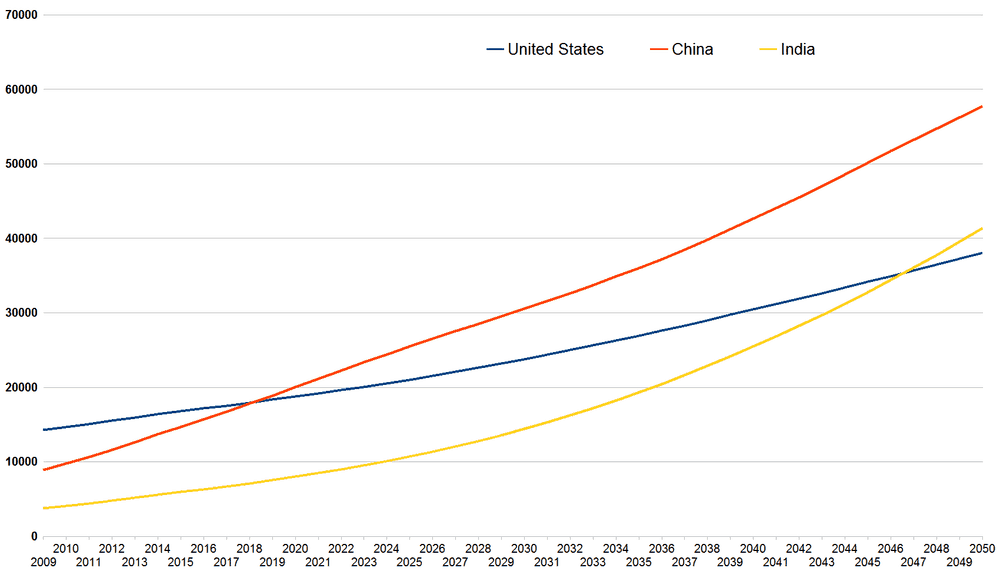There is an old Wall Street adage about how stocks ride the escalator on the way up and the elevator on the way down. Markets are meant to contain some volatility. While 1,000 point drops in the Dow are unsettling, it still makes for an index whose value is greater than 24,000. Such a move is only around 4% — common enough as far as such corrections go. The 1987 crash of 500 points came at a time when the index value was around 2,000. That made for a drop of approximately 25% in a single day. Now that is something to worry about.
Yes, today transportation stocks are fractionally down. Let’s take a look at some Dow Transport stocks across the board:
Railroads: CSX down 4.72% on the day. Union Pacific down 3.18%. Kansas City Southern down 3.33%
Airlines: American Airlines down 5.45%. Delta down 4.87%. Southwest down 3.9%. Ryder System down 5.21%. Avis Budget Group down 8.77%.
Trucking: Landstar System down 4.31%. CH Robinson down 2.27%. JB Hunt down 2.46%
Marine: Matson down 3.86%. Kirby down 4.64%
Parcel: UPS down 2.32%. FedEx also down 4.72%.
While it’s certainly true that transportation is typically an early “indicator,” let’s get some perspective. At the same time, for the most part, these numbers mirror the same 4% downturn the entire market has taken.
The spot market is good, wages are up, employment is exceptionally high, fed rates are stable, holiday sales were stronger than expected and the highest since 2011, and the GDP is strong. The tax reform bill helps for the foreseeable future as well.
We’re not just talking the US either. Across almost the entire world right now, we’re seeing strong economic growth. There are pockets of course, like Venezuela and sub-Saharan Africa. But overall, since 2016 we’ve seen a global bull market.
With all the strong market indicators in place, we can apply the Dow Theory to the context of a bull market. Markets experience primary trends which last a year or more, such as a bull or bear market. Within these broader trends, they experience secondary trends, often working against the primary trend, such as a pullback within a bull market or a rally within a bear market. These secondary trends last from three weeks to three months. Finally, there are minor trends lasting less than three weeks, are largely noise.
Bull stock markets typically advance in a pattern of two steps forward, one step back. That is healthy as occasional pullbacks flush out the buildup of speculative fervor. 2017 was anything but volatile. In fact, the market’s lack of volatility last year was abnormal. The market didn’t record a single day with a drop greater than 3%. The last time that occurred was 1995. With the recent stock market correction, the market achieved a record streak of days without a 5% pullback that dates back 90 years. Given the exceptional strength of the stock market in January, the pullback we’ve experienced in February comes as no real surprise.
With the introduction after the Great Financial Crisis of financial products that track volatility, market participants have been able to protect portfolios against occasional spikes in volatility. Undoubtedly, the very existence of products designed to trade volatility artificially suppressed volatility, contributing to the unusual calm that characterized last year’s stock market.
However, as with most derivatives, certain traders have also utilized these instruments in a speculative manner. According to one investment analyst FreightWaves spoke with, “The genesis of the current stock market correction was the forced liquidation of investors in exchange traded products and other funds that were positioned for a continuation of low volatility.”
There is also within the context of Dow Theory the understanding that volume must confirm the trend. Volume should increase if price is moving in the direction of the primary trend, and decrease if it is moving against it. Low volume signals a weakness in the trend. For example, in a bull market, volume should increase as the price is rising, and fall during secondary pullbacks.
What we are seeing is that volume is still high. On Friday, the payroll report was positive, and wages were a bit higher than expected. That information should be definitively positive as it confirms an economy that is gathering strength.
Further, Janet Yellen was officially succeeded on Monday by Jerome Powell as Fed Chair. The uncertainty associated with this transition in leadership contributed to the debate over how the report might be interpreted. Consequently, the yield on the benchmark Treasury – the 10 year – rose sharply, causing consternation among stock market investors who generally believe rising yields are negative for stock market valuations.

On balance, the stock market correction we’ve experienced is overall a healthy and necessary adjustment, what is called a technical adjustment. Because of the adjustments associated with financial products that track or trade volatility, it is most likely that certain institutions have been required to liquidate equity holdings to pare down leverage. That is a process that will take even a little more time, but the overall unwind of leveraged positions tends to occur quickly.
Technical corrections, which primarily relate to the internal structure of markets, tend to be of shorter duration than fundamental corrections. Fundamental corrections reflect trends in the underlying economy, and at this point, we believe those trends remain intact, as FreightWaves has been reporting on for the past several months.
When you’re dealing with markets, you’re also of course dealing with human behavior, and that means there is always the psychology associated with the loss of confidence by investors. Still, if one looks around other than people freaking out and yelling that the sky is falling, virtually every substantial and long-term indicator points to sustained and continued growth for the market and the economy.
Stay up-to-date with the latest commentary and insights on FreightTech and the impact to the markets by subscribing.










